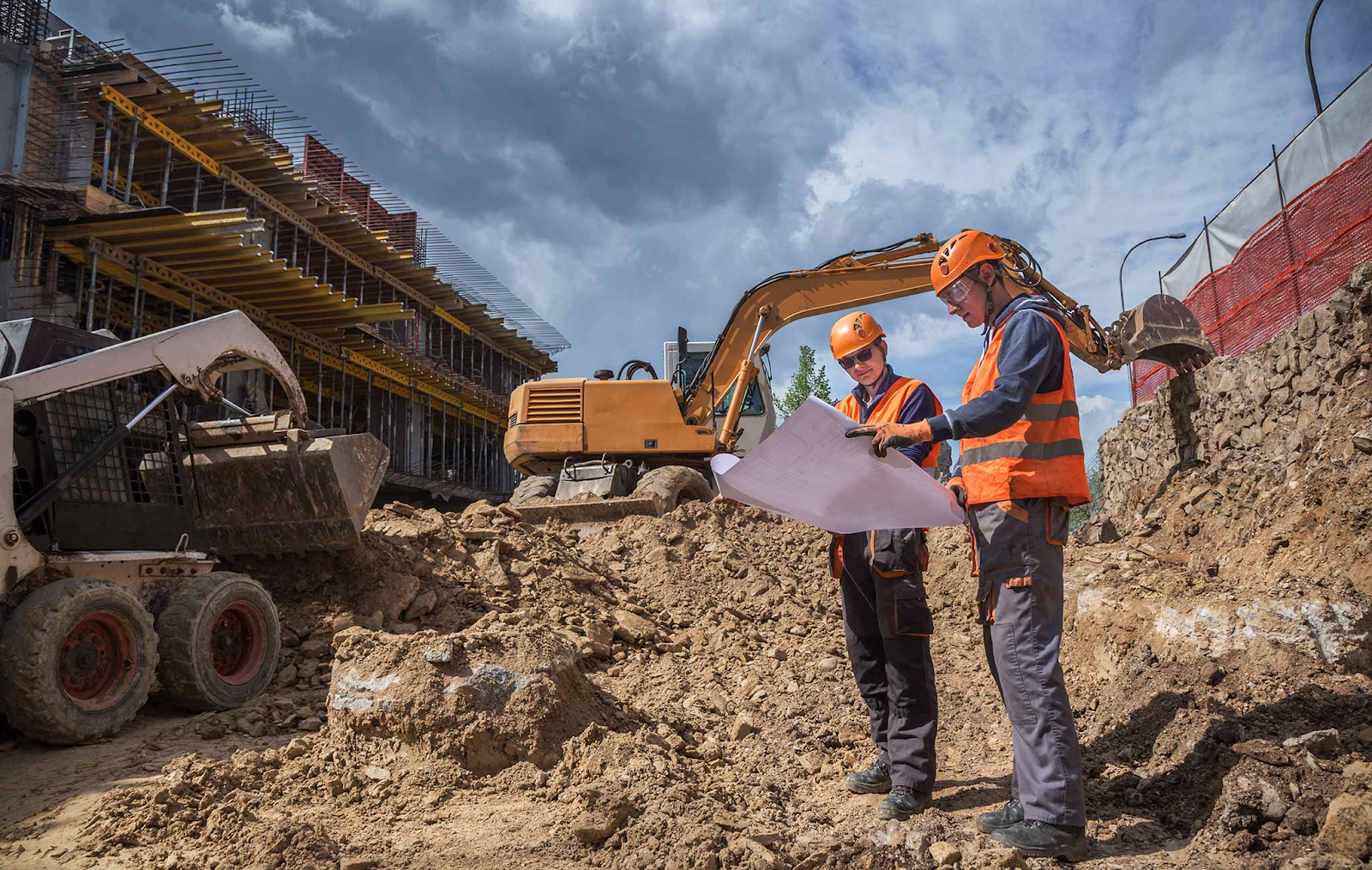Geotechnical Engineering For Construction Projects Fundamentals Explained
Geotechnical Engineering For Construction Projects Fundamentals Explained
Blog Article
Getting My Geotechnical Engineering For Construction Projects To Work
Table of ContentsNot known Details About Geotechnical Engineering For Construction Projects All About Geotechnical Engineering For Construction ProjectsThe 5-Second Trick For Geotechnical Engineering For Construction ProjectsWhat Does Geotechnical Engineering For Construction Projects Do?Getting The Geotechnical Engineering For Construction Projects To WorkFacts About Geotechnical Engineering For Construction Projects Uncovered
The duty of geotechnical design considerably manages recognizing the functions of dirt and rock, which might vary considerably by their density, moisture material etc. These features have to be checked out by geotechnical engineers to forecast their activities under various situations. The safety in addition to security of structures are impacted by dirt conditions, making this evaluation needed.A geotechnical designer will take a look at soil to identify the bearing capability of the planet and suggest appropriate foundation types, such as shallow structures, deep structures like heaps, or specialized services like drifting foundations for soft dirts. Comprehending the attributes and actions of soil and rock, in enhancement to how they engage with constructions that have been put up on or within them, is one of the main descriptions for why geotechnical engineering is crucial.
Along with architectural planning and building and construction, geotechnical engineering is likewise crucial to the reconstruction and maintenance of pre-existing frameworks. Age-related deterioration or extra troubles can affect a structure's security and performance. Ecological security is completed via geotechnical design. Know-how in air, water, and dirt quality upkeep is used by geotechnical designers to decrease the adverse results of tasks.
Facilities advancement, offshore engineering, tunnel construction, and deep foundations. Risk-based design and multidisciplinary teams. These components will keep the field evolving and ensure its ongoing importance in the years to find. To summarize, geotechnical design is a vital discipline that preserves the resilience and integrity of civil infrastructure. Geotechnical engineers contribute to making structure jobs effective throughout the world by understanding the behaviour of earth products and using appropriate planning approaches.
The Best Strategy To Use For Geotechnical Engineering For Construction Projects
By analyzing soil, rock, and subsurface problems, geotechnical designers provide important insights that aid in the design, construction, and maintenance of buildings and infrastructure.

Geotechnical Engineering For Construction Projects Fundamentals Explained
Laboratory screening: Establishing the residential or commercial properties of dirt and rock. Field screening: Carrying out tests on-site to evaluate problems. Evaluation and style: Making use of information to design structures, preserving wall surfaces, tunnels, and various other frameworks. A number of top-level construction tasks have actually successfully used geotechnical engineering to guarantee their security and safety. :: The world's highest structure called for a deep understanding of the underlying geology.

As a leader in geotechnical engineering, BECC Inc. is dedicated to supplying ingenious and efficient options that meet the highest possible criteria of top quality and safety and security. To find out more on just how BECC Inc. can support your following building task, contact us today and allow us help you build on solid ground.
William Rankine, an engineer and physicist, established an alternate to Coulomb's planet stress theory. Albert Atterberg created the clay uniformity indices that are still made use of today for dirt category. In 1885, Osborne Reynolds identified that shearing my website reasons volumetric dilation of dense products and tightening of loose granular materials. Modern geotechnical engineering is stated to have actually begun in 1925 with the publication of Erdbaumechanik by Karl von Terzaghi, a mechanical designer and rock hound.
Excitement About Geotechnical Engineering For Construction Projects
Terzaghi also established the framework for concepts of birthing capability of structures, and the theory for prediction of the price of settlement of clay layers due to loan consolidation. After that, Maurice Biot completely established the three-dimensional soil debt consolidation theory, prolonging the one-dimensional design previously established by Terzaghi to more general hypotheses and introducing the collection of fundamental equations of Poroelasticity.
Geotechnical engineers check out and establish the residential or commercial properties of subsurface conditions and products.
A Biased View of Geotechnical Engineering For Construction Projects
Still, they are often utilized to permit a geologist or designer to be lowered right into the borehole for straight visual and hands-on evaluation of the soil and rock stratigraphy. Numerous dirt samplers exist to satisfy the requirements of different engineering projects. The typical infiltration examination, which makes use of a thick-walled split spoon sampler, is one of the most common method to collect disturbed examples.

Normally, the user interface's exact geometry is unknown, and a streamlined interface geometry is thought. Finite slopes call for three-dimensional models to be examined, so most slopes are analyzed presuming that they are definitely broad and can be stood for by two-dimensional versions.
The 10-Minute Rule for Geotechnical Engineering For Construction Projects
The empirical technique might be explained as complies with: General exploration sufficient to establish the rough nature, pattern, and residential or commercial properties of deposits. Assessment of one of the most possible problems and one of the most undesirable imaginable discrepancies. Developing the design based upon a working theory of behavior prepared for under the most likely conditions. Choice of amounts to be observed as construction proceeds and calculating their anticipated values based upon the functioning hypothesis under one of the most negative conditions.
Dimension of amounts and assessment of actual conditions. Style adjustment per real problems The empirical method appropriates for building and construction that has actually already begun when an unanticipated advancement happens or when a failure or mishap looms or has actually currently happened. It disagrees for jobs whose layout can not be changed throughout building and construction.
Report this page